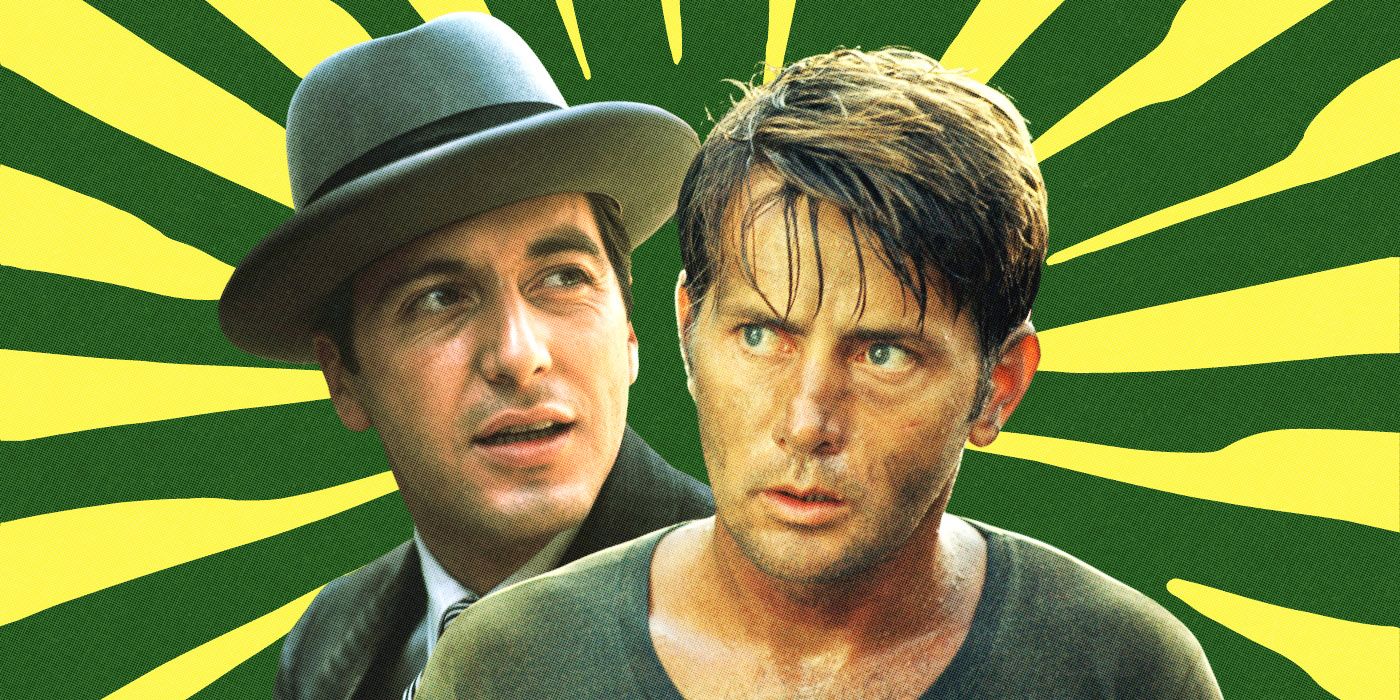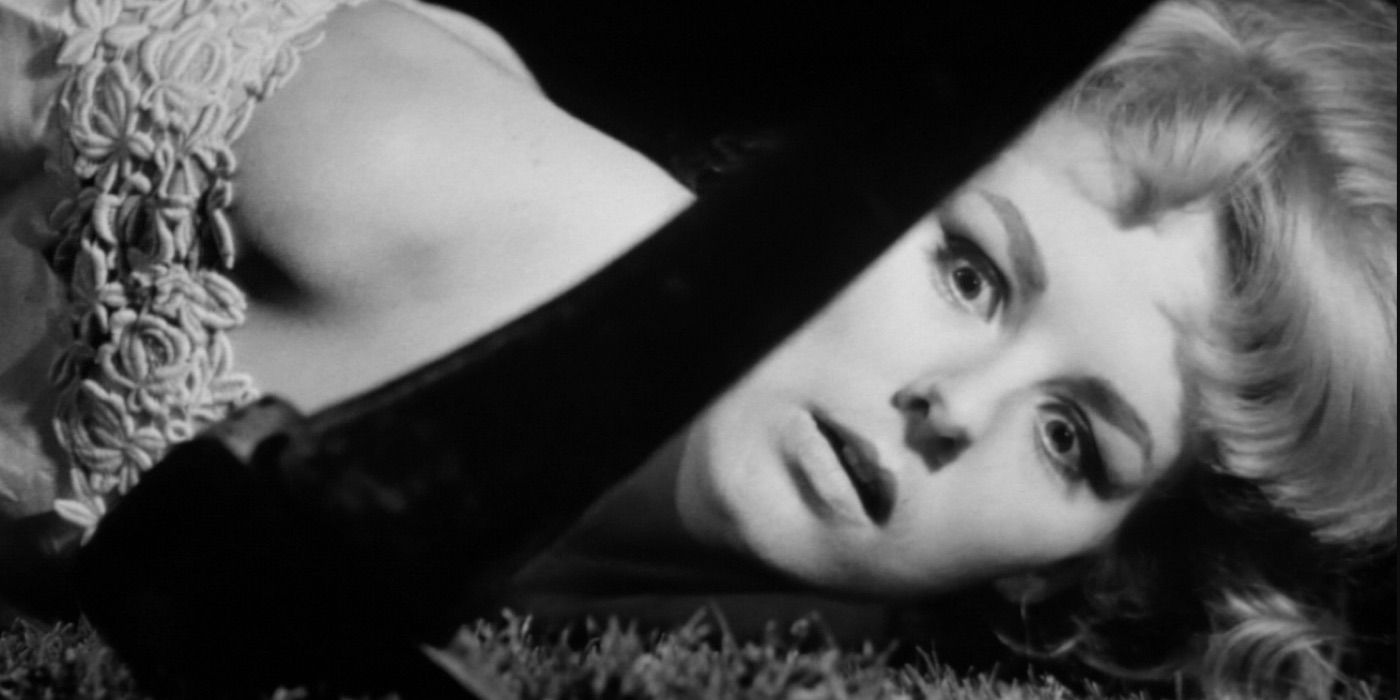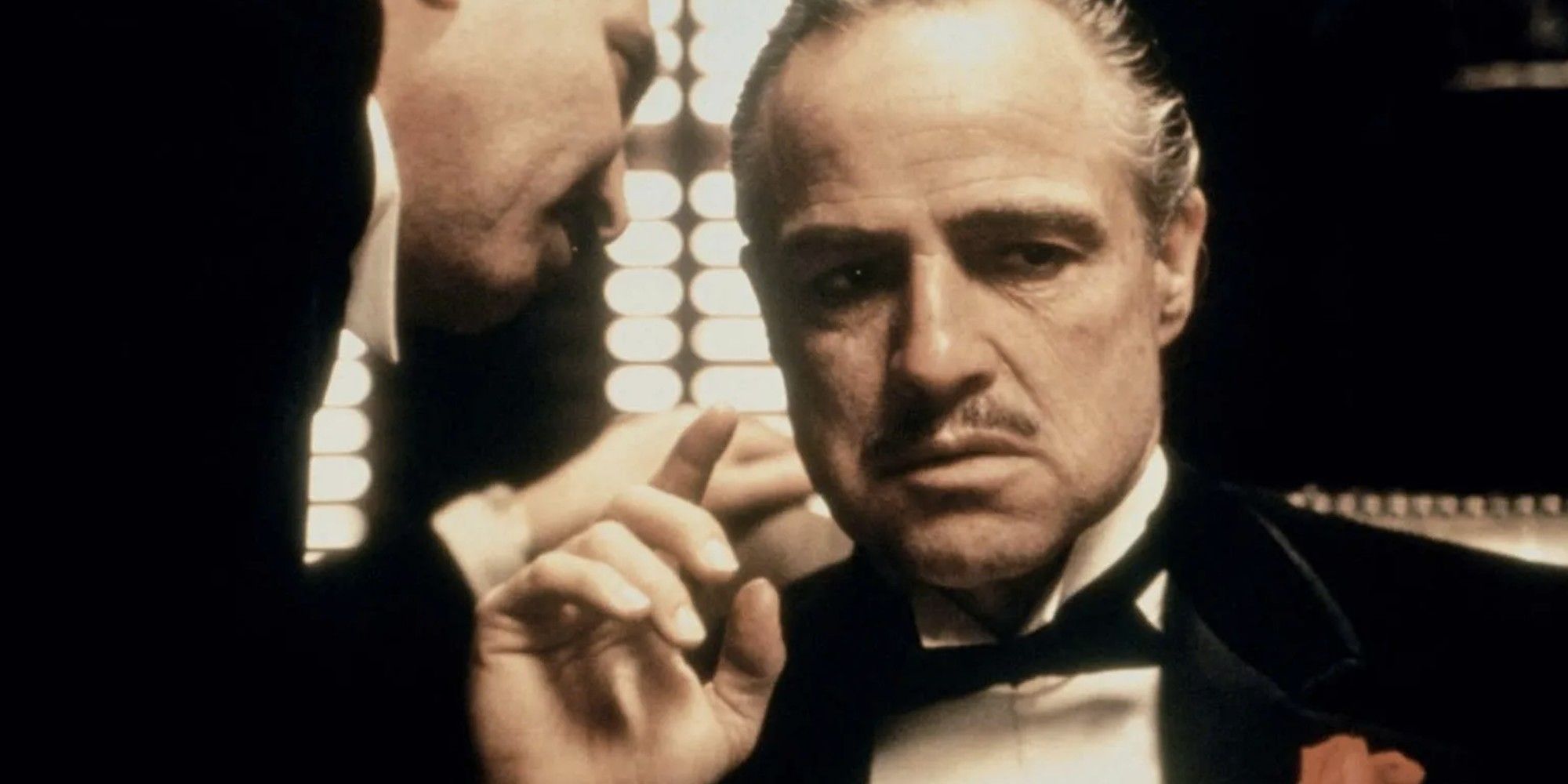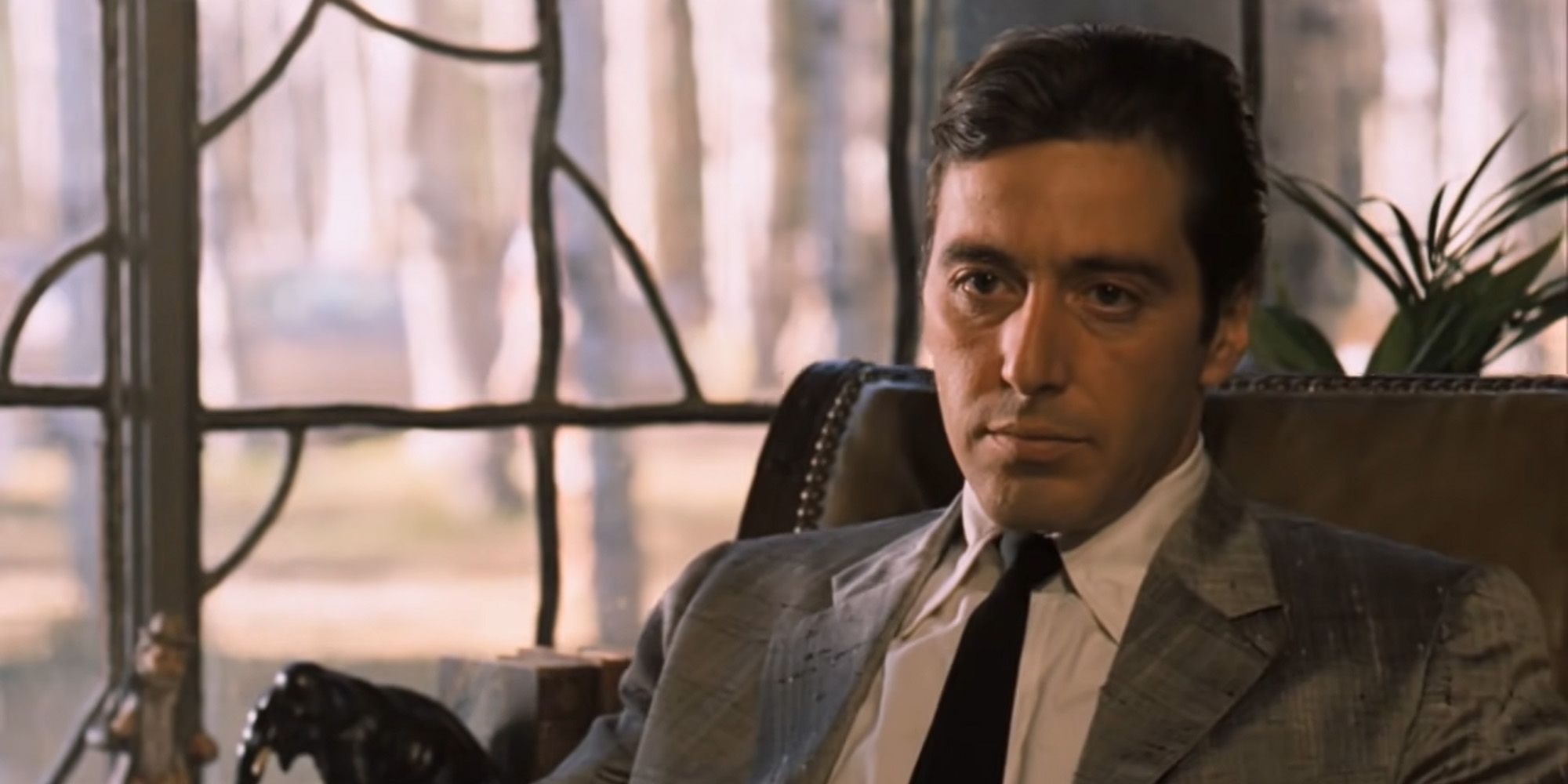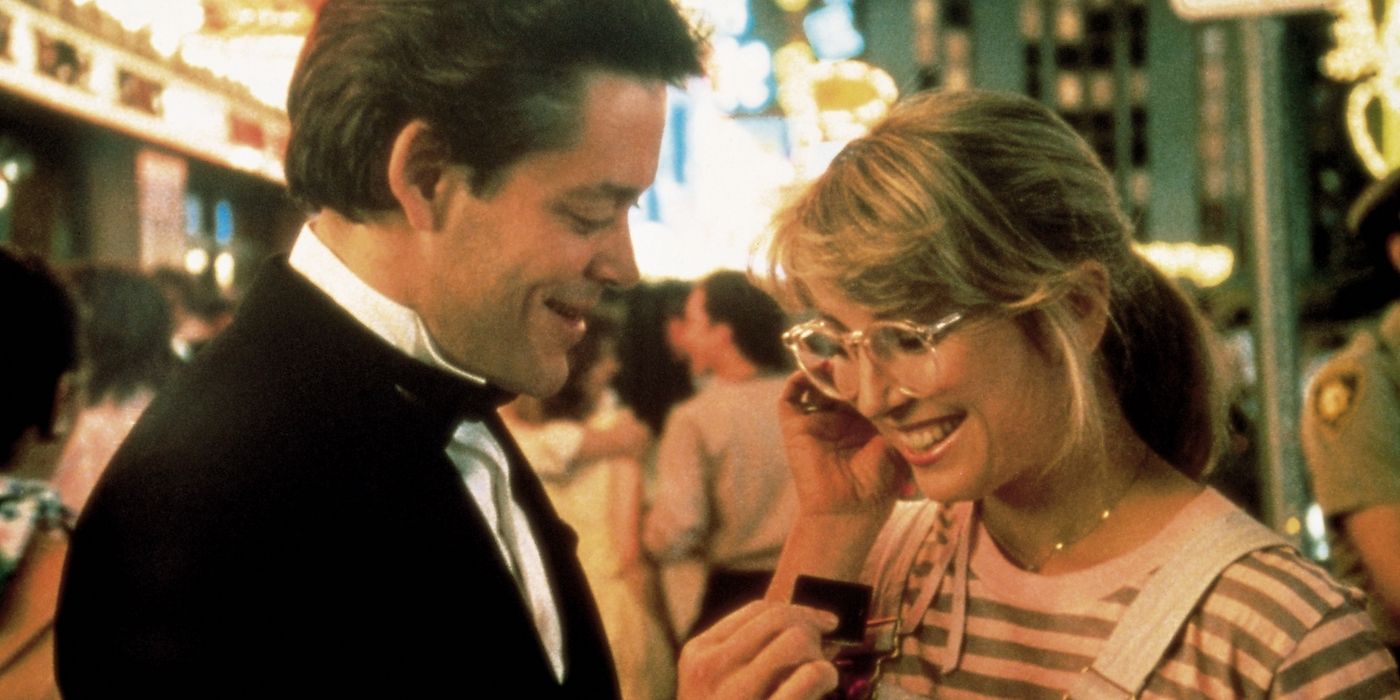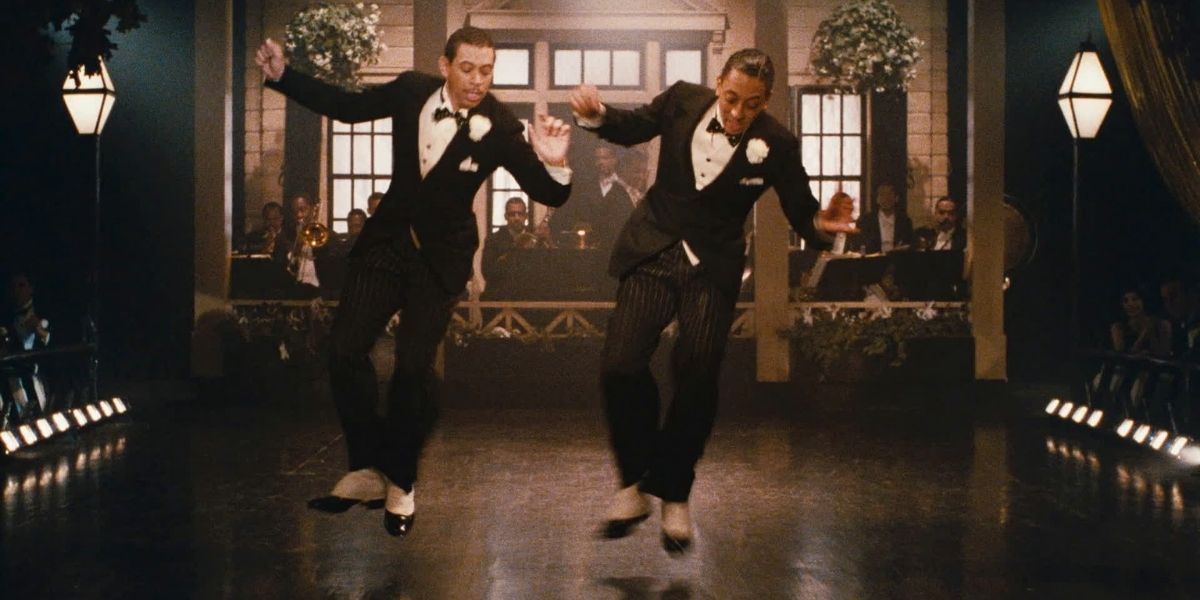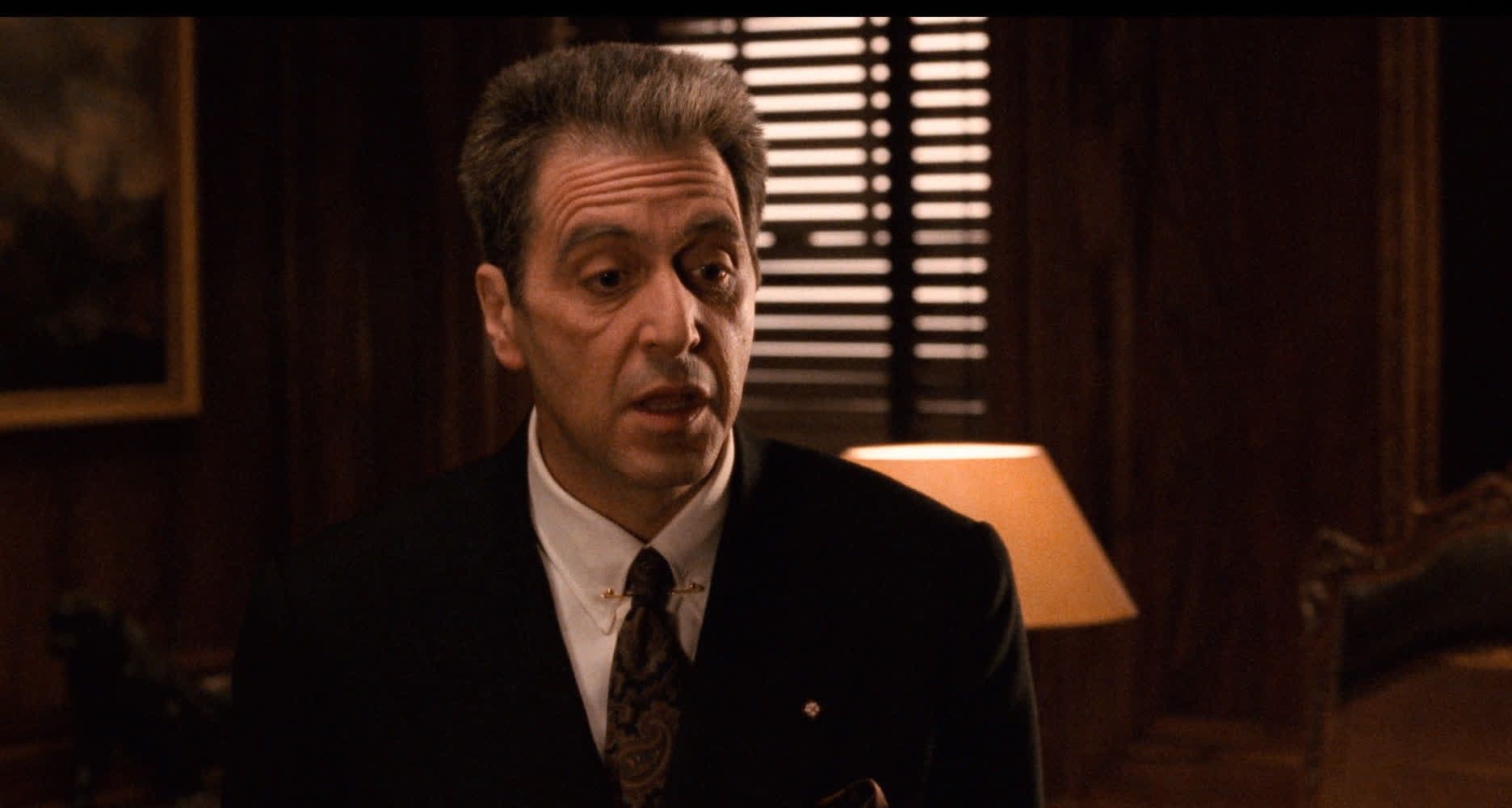Any list of the greatest filmmakers of all time would be incomplete without the inclusion of Francis Ford Coppola. The incredible director behind such all-time classics as The Godfather trilogy, Apocalypse Now, The Conversation, Tucker: The Man and His Dream, The Rainmaker, Bram Stoker’s Dracula, and Peggy Sue Got Married is a creative force like no other that changed the industry in countless ways. It’s often said that there is a little bit of madness that comes with any work of genius, and that description certainly applies to many of Coppola’s projects. Many of his films, some of which are considered now to be classics, suffered through notoriously troubled productions.
After years of setbacks and delays, Coppola is finally in production on his passion project Megalopolis, an ambitious science fiction epic starring Adam Driver, Forest Whitaker, Nathalie Emmanuel, Jon Voight, Laurence Fishburne, Aubrey Plaza, Shia LaBeouf, Jason Schwartzman, Grace VanderWaal, Kathryn Hunter, Talia Shire, and Dustin Hoffman. Coppola has personally financed the film’s $120 million budget, but reports indicated that the production has descended into chaos, with several crew members leaving due to the working conditions. While both Coppola and Driver have denied these claims, it will be interesting to see if the 83-year-old filmmaker has another masterpiece left in him.
Even though Coppola’s films will be celebrated by cinephiles for generations, some of their production hardships are as compelling as the films themselves. Here’s a look back at some of the most chaotic moments.
Dementia 13 (1963)
While Coppola has the reputation of being a “prestige filmmaker,” he started off his career working with the legendary (and somewhat notorious) B-movie producer Roger Corman on the independent black-and-white horror movie Dementia 13. Corman had been impressed by the young Coppola’s creativity, and hired him to make a cheap knock-off of Psycho that could be produced on a shoestring budget. Due to time constraints, the script had been written quickly, and Coppola didn’t inform Corman about additions to the budget. The two later sparred over the final edit, which Coppola did not have control over; he finally released a restored director’s cut in 2017.
The Godfather (1972)
Although it’s now hailed by many publications as the greatest film of all-time, The Godfather faced constant setbacks throughout one of the most stressful periods in Coppola’s career. A bankrupt Coppola (whose American Zoetrope company with George Lucas was failing) agreed to adapt the novel alongside Mario Puzo, and clashed constantly with Paramount Productions head Robert Evans over budget. Both Coppola and Al Pacino were fired several times, and producer Al Ruddy was nearly killed after protest from the real mafia. Ruddy’s tumultuous experience wrangling Coppola and the idiosyncratic Marlon Brando during the shoot was recently chronicled in the Paramount+ series The Offer.
The Godfather: Part II (1974)
Following Ruddy’s decision to depart the sequel in favor of working on The Longest Yard, Coppola was left to produce The Godfather: Part II himself. Trouble began before shooting even started due to salary disputes with the cast, and Brando even refused to show up for a flashback sequence due to his financial demands. Pacino’s decision to stay in character amidst the entire shoot also made things difficult, but thankfully The Godfather: Part II managed to meet its release date and earned Coppola his first Academy Award for Best Director. The film also became the first sequel to ever win Best Picture.
Apocalypse Now (1979)
Apocalypse Now is often cited as the most cursed production in history. As chronicled in the 1991 documentary Hearts of Darkness: A Filmmaker’s Apocalypse, the film went over nine months and $20 million over budget due to the chaotic shoot. Between disputes with the military over the use of real vehicles and weapons, Brando’s refusal to follow the script, intoxicated cast members, the discovery of real corpses on set, malfunctioning effects, and several extended reshoots caused Coppola to have a heart attack. It’s still a film he tinkers with, as Coppola has released several subsequent re-edits and director’s cuts since the film’s initial debut at the Cannes Film Festival.
One From the Heart (1982)
Given his background in theater from UCLA, Coppola had been interested in returning to the musical genre after Finian’s Rainbow in 1968. Unfortunately, his desire to go into a stress-free environment following the nightmare of Apocalypse Now did not happen with One From The Heart. What began as a relatively cheap studio romantic-comedy turned into a much more expensive, lavish production due to Coppola’s insistence on putting together complex sets and rehearsing with the cast for weeks ahead of the shoot. Paramount Pictures was infuriated by Coppola’s finished version and refused to screen it for awards consideration, prompting him to sell the film to Columbia Pictures. It became the biggest bomb of his career and forced Coppola to file for bankruptcy.
The Cotton Club (1984)
Sadly, one of Coppola’s best films wasn’t seen in its completed version for years due to another nightmarish shoot. Originally Evans was set to direct The Cotton Club, but he had Coppola step in to take over after both of them suffered from financial issues. Evans had to acquire outside funding from real mobsters, leading to a trial where he was called to testify on a string of mob killings. The film’s budget rose from $20 million to $67 million, and Coppola felt pressure from the studio to cut down scenes with black characters (even though the film was intended to be a tribute to the Harlem jazz scene). Although the film bombed and once again Coppola did not have a final cut, he released a restored director’s cut titled The Cotton Club: Encore to much more positive reviews in 2017.
The Godfather: Part III (1990)
The much-derided third installment in The Godfather trilogy was rumored throughout the 1970s and 1980s with other directors and writers attached, and Coppola had no enthusiasm about returning to the franchise. However, he once again needed the financial benefits of a highly-anticipated project and was given a constrained amount of time to finish a script with Puzo. Once again, Coppola clashed with the actors when both Pacino and Diane Keaton demanded higher salaries; he was also forced to hire his daughter Sofia Coppola after Winona Ryder dropped out on the first day of shooting. Although The Godfather: Part III is often cited as one of the most disappointing movies of all-time, Coppola’s 2020 recut The Godfather Coda: The Death of Michael Corleone received a much more positive response.

